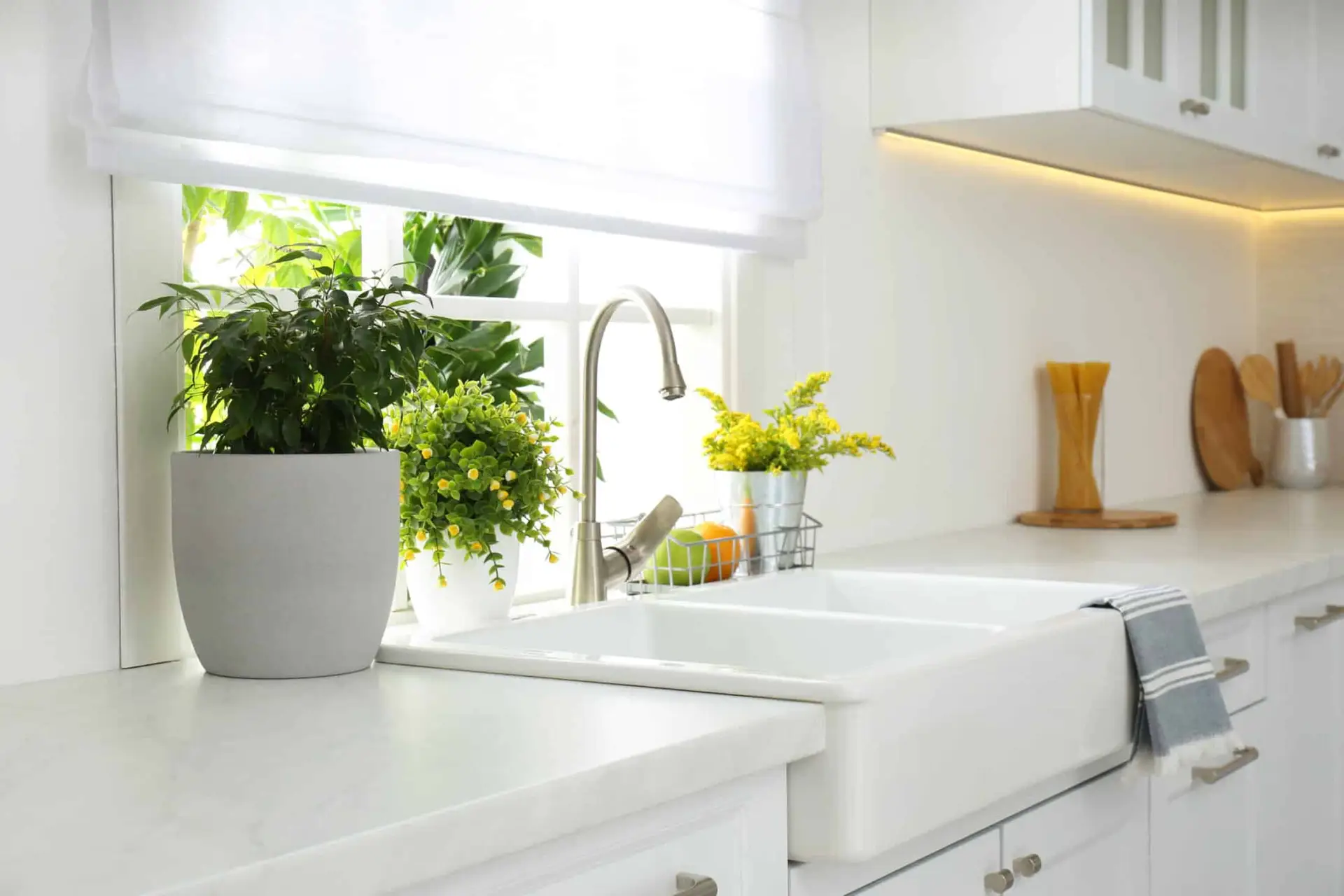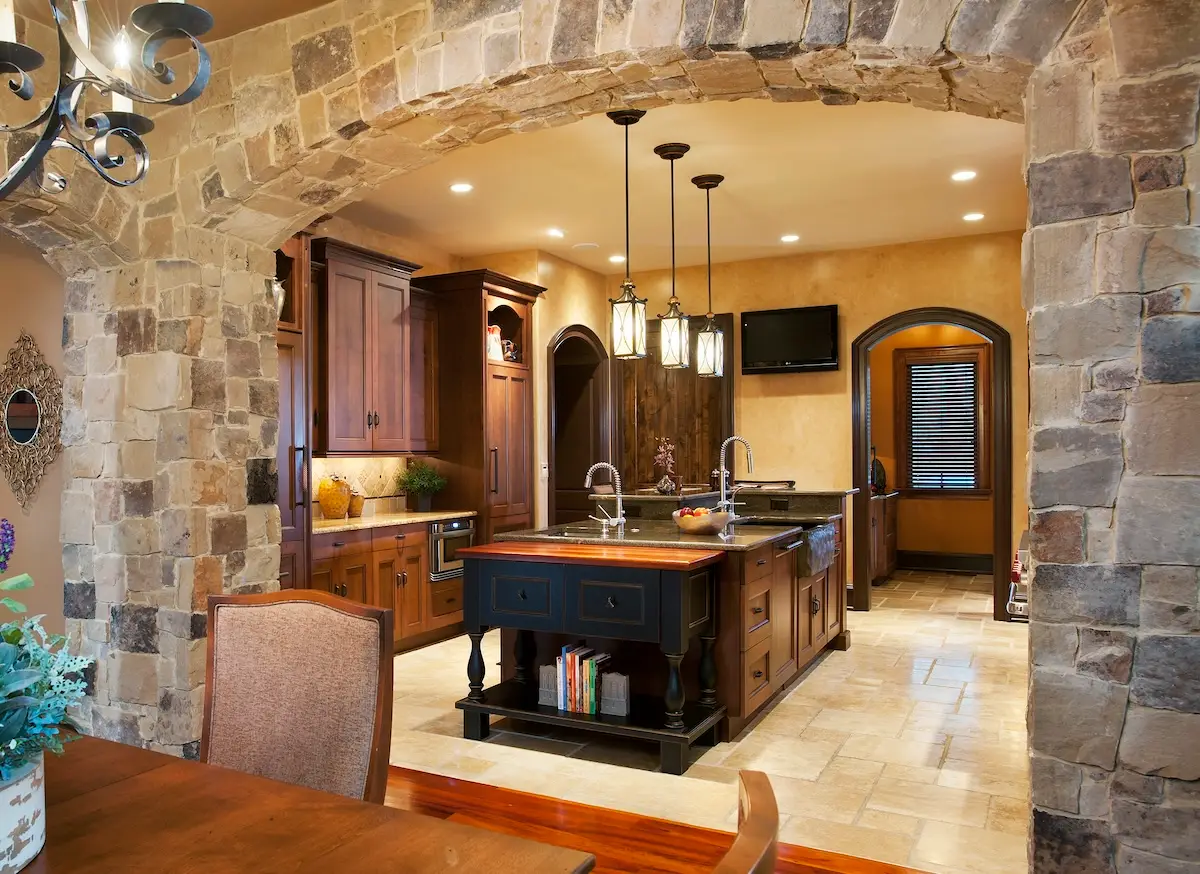There’s almost nothing worse than stepping onto your ice-cold hardwood or tile floors from your toasty. It’s like a shock to your system. Even in your bathroom, the tiles can feel bitterly cold when the space is warm from that hot shower. Those are the times you start wondering about in-floor heating. But before you take the plunge, it’s a good idea to see if it’s right for your home. While radiant heat systems are energy efficient, there are several other factors to consider before making a decision.
Heat Distribution Matters
Central air or furnace-based heating systems are not as efficient as radiant heat when it comes to heat distribution. Air gets heated, is blown through your air ducts, and pushed into the rooms in your home. Heat loss happens naturally and there’s no way around that.
Radiant heating systems, on the other hand, offer genuine uniform heat distribution. With the heat coming up off of the floor’s surface, the bottom half of the room is going to retain heat better compared to a more conventional system.
There Is a Cost Difference
Think about how often your traditional heating system kicks off. You hear it come on pretty frequently when it’s cold out, so you know how often it is running. That means your bill goes up every time it gets turned on. With fewer resets, you’ll experience less energy usage resulting in a lower bill if you adopt radiant heating. In-floor heating turns on and off considerably less, which translates directly to lower energy usage resulting in a lower bill.
At the same time, larger homes with high ceilings or lots of windows may not benefit from radiant heating. It’s best to do a home energy audit to see if the installation would actually increase cost-efficiency or not.
Several Options to Choose From
When it comes to radiant heating, you have several different options in how your system is powered. These systems are compatible with every power source, from electricity to natural gas to solar power. Not only can you make an eco-friendly choice by using radiant heating, but you can also keep your monthly expenses in check.
Conventional heating systems may not have those same options. While they’re out there, more often, furnaces won’t run on more than one source. When you’re stuck with a single source, you might pay more anyway due to price fluctuations.
Alternatively, you may instead opt for system zoning or maybe solar panels if cost reduction is what you’re after. It’s also worth noting that in-floor heating isn’t precisely going to cool your floors in the heat of summer.
Heating Affects Your Health
Consider for a moment the way the air feels dry when you use a central heating system. It can get super dry and make it unpleasant for breathing. These systems suck the humidity out of your home by design, which isn’t always a good thing. It also blows allergens and dust around every time it turns on.
Radiant heating, on the other hand, won’t do that. The heat is coming from the floor and is not being pushed around. It is simply there, which means it won’t dry out your air and leave you with throbbing nasal pain or blow around allergens.
Expect Some Difficulties
There are significant difficulties in owning a radiant floor heating system, especially where installation or repairs are concerned. While they don’t need much in the way of maintenance, the only way to get to them is to pull up your flooring, which can present major problems. Hydronic systems can also lead to leaks, resulting in an inviting environment for termites or other unwanted creatures, so it’s something to be aware of when deciding if you want radiant floor heating.
Overall, you’ll have to weigh the benefits against what you want for your home. Maybe having in-floor heating is more important to you than some of the drawbacks. Depending on your priorities, it might also be better to wait. Our team at WPL Interior Design can help you find the right experts to consult with when it comes to heating solutions for your home. If this is an upgrade you’ve been considering. give us a call today.




